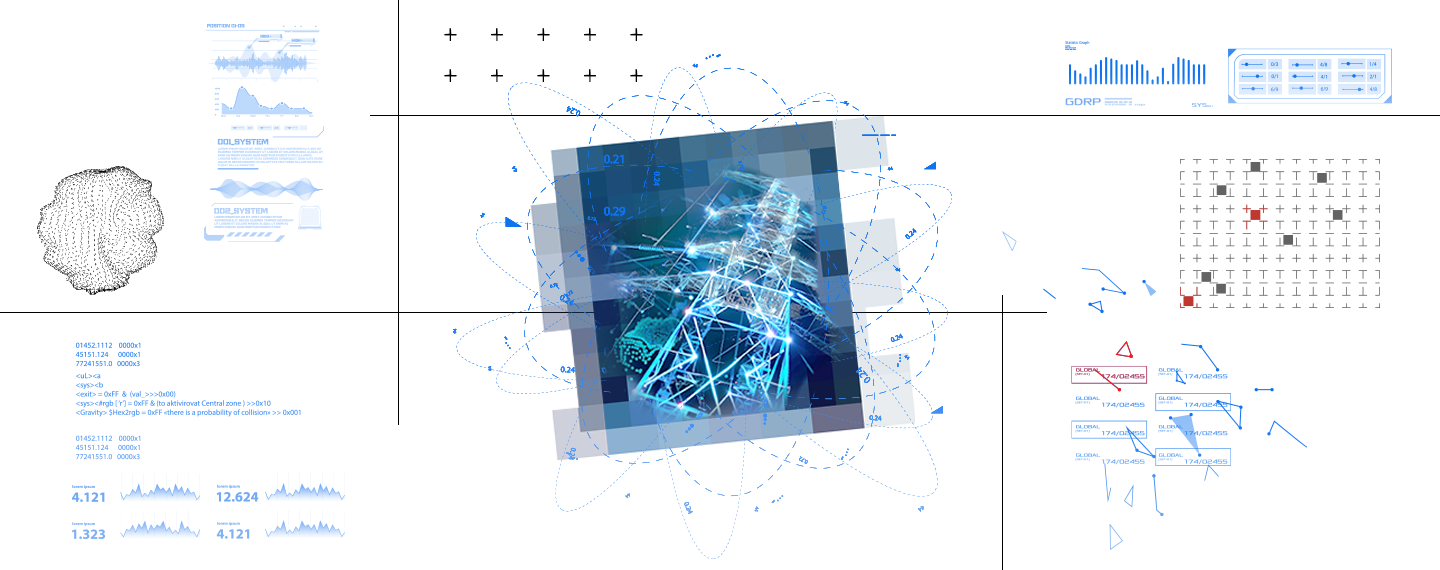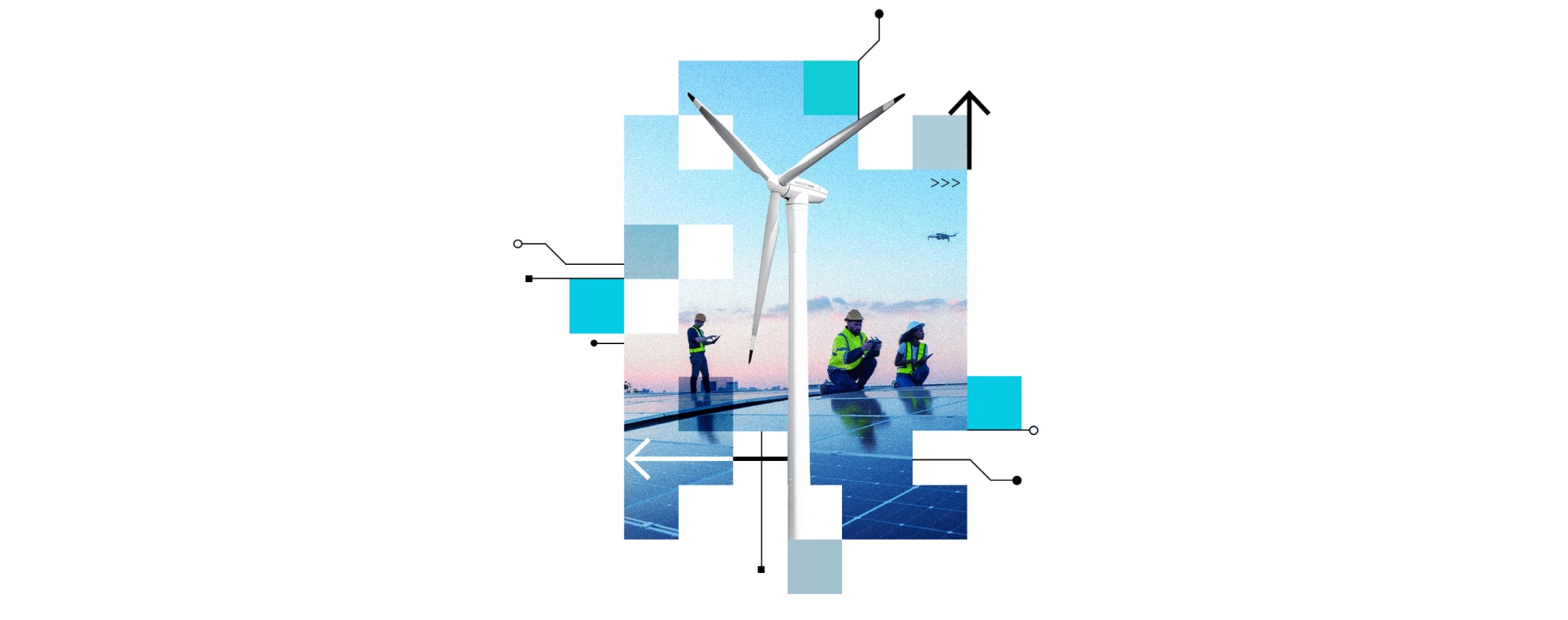At the edge, innovative hardware, including microcontroller technologies, such as advanced FPGAs (Field-Programmable Gate Arrays), are strategically placed along the grid to collect real-time cable system health data parameters such as load, temperature, humidity, vibration, or electromagnetic transient.
They enable real-time feature extraction, allowing fast processing of critical data patterns from raw information at the edge. This capability enhances the quality and relevance of the data transmitted to the cloud for further analysis and storage.
Edge AI, driven by supervised machine learning, aids in raw data filtering, such as noise reduction and early detection of deviation from standard operating conditions.
This data is then transmitted to on-premises or cloud maintenance applications such as Nexans’ Asset Monitoring Platform designed to bring decision making insights to asset managers and maintenance teams.. The seamless connectivity between the edge and the cloud empowers grid operators to implement predictive and condition-based maintenance strategies. By harnessing the power of this technology, they can identify early warning signs of asset failures, optimize maintenance schedules, and reduce costly downtime.
Edge-to-cloud technology plays a pivotal role in making grid maintenance proactive and data-driven, ultimately leading to increased reliability, enhanced safety, and cost savings, all while ensuring uninterrupted power supply.






















